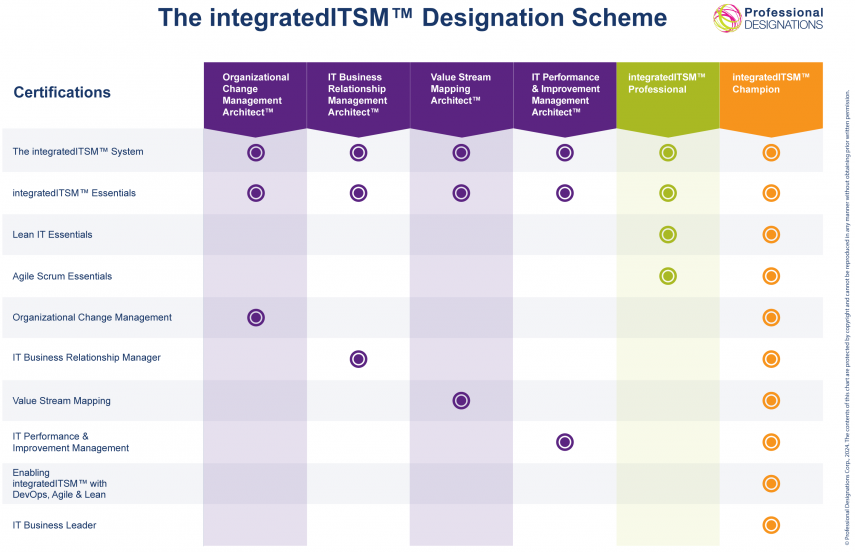The ITIL4 Guiding Principles are essential to allow the promised flexibility of ITIL (adopt and adapt) whilst still sticking to best practice.
They are, in essence, the distillation of what makes best practice best practice. “If you stick to these as best you can, you’ll be as ‘best practice’ as you can be.”
The ITIL literature says that they are “principles that can be used to guide an organization in all circumstances, regardless of changes in its goals, strategies, type of work, or management structure.”
Guiding Principles in Other Contexts
Many industries and professions have guiding principles:
- The medical professions underpinning rule is “First, do no harm” – No matter which organisation, goal, type of work, this applies.
- The tech industry has a history of the phrase “Focus on the user and all else will follow” (which is, actually, a variant of the first ITIL guiding principle too).
- Many financial organisations have some variant of “Fiduciary Duty” as their stated policy meaning that they must act in the best interests of their clients.
- The education sector talks in terms of “Equity in Access to Learning” to ensure that all students, regardless of background, have fair opportunity to succeed.
All of these are similar in their intent – they allow the organisation to structure itself uniquely to it’s needs, resources and stakeholders desires but maintain a consistent focus on what it considers (or, in some cases, what it is duty bound to consider) it’s ethos or bounding principles.
I’ve included a look at the history of the guiding principles for anyone who’s interested.
The History of the ITIL4 Guiding Principles
ITIL has been around since the early 1980s when the CCTA began developing ITILv1 and then redeveloped it at ITILv2 in the early 2000s.
Issues rumbled around back then as people argued about what seems like an innocuous word “implement”. Since ITIL is simply a framework of best practice guidance, it cannot, logically, be ‘implemented’. The mantra became “Adopt and Adapt”.
Great. That seems a good way to express the notion of taking some good advice and moulding it the circumstances that each organisation experiences. But … um … how far is ‘adapting’ and how do we explain the boundary? How will an organisation know if it’s still following best practice if it’s not ‘doing’ ITIL but some adaptation of ITIL.
The Next Generation
ITILv3 rolled along in 2007 and there was still no definitive answer. Many consultants had developed their own ideas of how to bridge the gap but nothing from the actual ITIL guidance itself.
Then, in 2016, a new book (and accompanying course) appeared. The ITIL Practitioner. Abid Ismail, the then CEO of Axelos, introduced the Practitioner by saying “The qualification has been developed for ITSM professionals who have an understanding of the ITIL framework but who need advice on how to adopt and adapt it within their day-to-day work practices.”
Yay! Here it was. The guidance that had been lacking. Well … a start at least.
The ITIL Practitioner included several fantastic additions to help as Abid had said:
- Different delivery models
- Explanation around the CSI approach
- Detail on metrics and measurement for ITIL
- Good communication practices in ITSM
- Organisational Change Management
and
- The 9 Guiding Principles … erm … hang on … 9?
The 9 Guiding Principles
Yes, there were originally 9 guiding principles:
- Focus on Value
- Design for Experience
- Start Where You Are
- Work Holistically
- Progress Iteratively
- Observe Directly
- Be Transparent
- Collaborate
- Keep it Simple
I don’t know the conversations that went on during the v3 > ITIL4 upgrade but whatever happened resulted in some being merged or subsumed into others to result in the 7 we have today.
(I’d actually argue that Observe Directly should have stayed but … meh!)
So, there you have it. That’s how come we’ve ended up with ITIL Guiding Principles.
Read on to learn more about what each mean.
the 7 ITIL4 Guiding Principles

Focus On Value
Prioritize the value delivered to customers and stakeholders by understanding their needs and expectations. This principle emphasizes the importance of creating outcomes that benefit the organization and its clients. Start Where You Are
Start Where You Are
Assess the current situation and use existing capabilities and resources before making changes. Building on what’s already working helps to avoid unnecessary effort and ensures improvements are practical and effective.
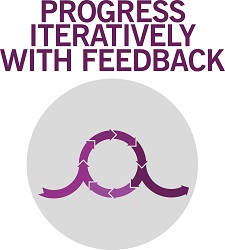
Progress Iteratively With Feedback
Implement changes in small, manageable steps and use feedback to make adjustments. This iterative approach allows for continuous improvement and reduces risks associated with large-scale changes.
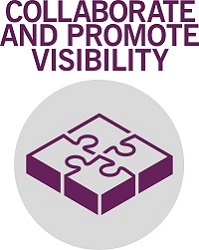
Collaborate And Promote Visibility
Foster collaboration across teams and ensure transparency in processes and decisions. Enhancing communication and visibility helps build trust, encourages cooperation, and leads to better outcomes.
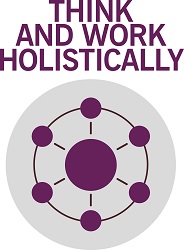
Think And Work Holistically
Understand and manage the organization’s services and processes as an integrated whole. This principle emphasizes the interconnectedness of various components and the need for a comprehensive approach to delivering value.
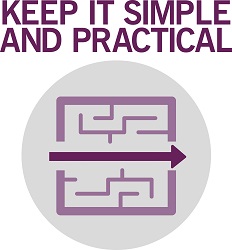
Keep It Simple And Practical
Avoid complexity by focusing on delivering what is needed and removing unnecessary activities. Simple and practical solutions are easier to understand, implement, and maintain.

Optimize And Automate
Streamline and automate processes wherever possible to improve efficiency and reduce manual effort. Optimization and automation free up resources, enabling teams to focus on higher-value activities.
That was just a quick look at the guiding principles. We’ll do more articles exploring each individual guiding principle over the next few weeks but, in the meantime, if you’re wanting a to get a full explanation, book onto one of out ITIL4 Foundations or, to dive deeper, perhaps the ITIL4 Digital and IT Strategy course.

 Start Where You Are
Start Where You Are


